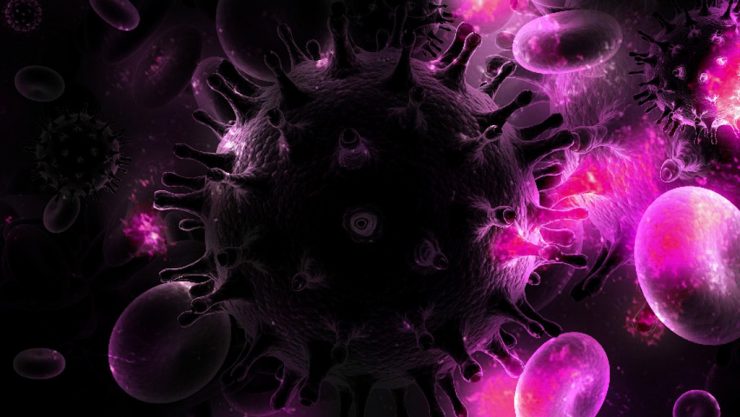HIV has been the big bogeyman in the medical world. HIV or Human Immunodeficiency Virus is the virus that causes AIDS in humans. HIV infects cells that are vital to a strong immune system, and over time the immune system completely breaks down and the body becomes increasingly susceptible to infections. A new study has brought some hope in finally defeating this virus.
Researchers at California’s Scripps Research Institute have been able to replace HIV infected cells with healthy cells. So far the technique has only been used in the lab, but the researchers are hopeful that the technique will work as efficiently in a real world setting as well.
During the study, HIV fighting antibodies were bonded to immune cells. As a result the cells became HIV resistant. These cells were able to eliminate HIV and replace infected cells very quickly. Attempts have been made before to develop a similar technique. The difference lies in the fact that the scientists have finally come up with a way to bond the antibodies for HIV to the surface of immune cells, in earlier techniques; the antibodies weren’t tethered and would float in the bloodstream instead.
A virus known as lentivirus is used in this study that delivered genes to human cell cultures grown in the lab. This gene instructs the cells to create specific antibodies which then bond with a human cell receptor that HIV needs. But since the antibodies have bonded with the receptors, HIV cannot do so and so there will be no way for it to spread infection. Scientists first tested the technique on the cold virus then they used it on HIV, the results were positive in both tests.
Though clearly this is only the first step, and more work has to be done before human testing ca begin, the potential of this technique as a possible cure for AIDS is quite big.
This study is published in: Proceedings of the National Academy of Sciences





















